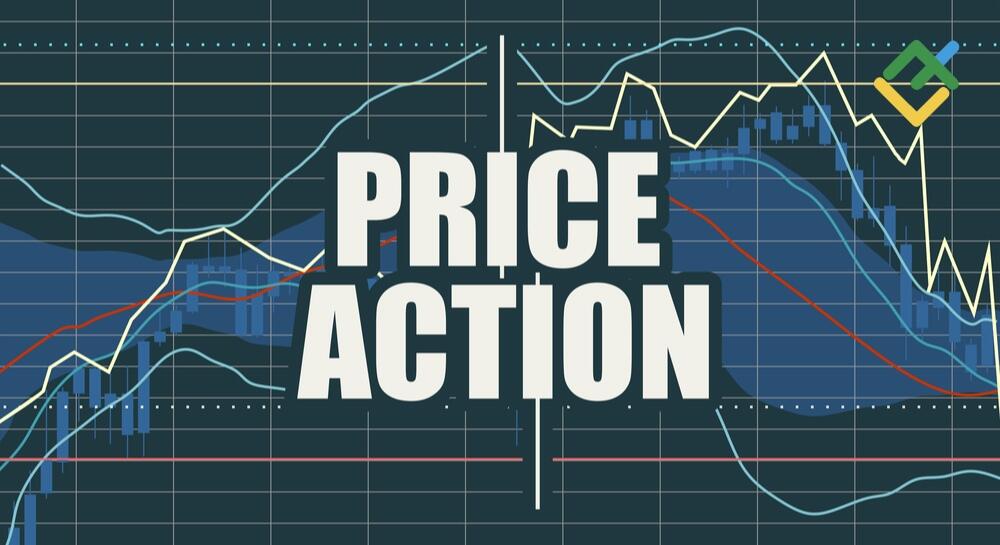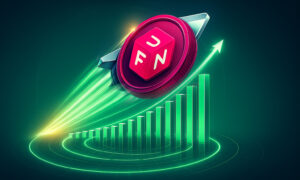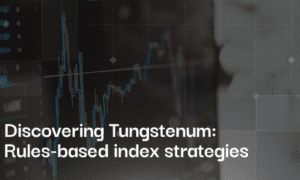Introduction
Price action trading is one of the most effective strategies in the crypto markets, focusing on analyzing raw price movements without relying on indicators. Unlike traditional trading methods that use lagging indicators like moving averages or RSI, price action trading allows traders to interpret market sentiment in real-time through candlestick patterns, trend lines, and support/resistance levels.
With cryptocurrencies being highly volatile, price action strategies provide an edge by helping traders make quick and informed decisions based on historical price patterns. This strategy is widely used by both day traders and swing traders who seek to capitalize on short-term price fluctuations.
In this article, we will explore how price action trading works, key techniques, trading strategies, and risk management methods to help traders improve their profitability in the crypto markets.
What is Price Action Trading?
Understanding Price Action in Crypto
✔ Price action trading refers to analyzing historical price movements to predict future market behavior.
✔ It eliminates the need for complex indicators, relying instead on support and resistance levels, candlestick formations, and trend analysis.
✔ Why it works in crypto trading:
- Crypto markets are highly volatile, making real-time price reading crucial.
- Technical indicators often lag, whereas price action provides instant signals.
- Works well in all market conditions, whether trending or ranging.
Key Price Action Tools
✔ Candlestick Patterns: Used to identify market sentiment and reversals.
✔ Support and Resistance Levels: Help traders identify entry and exit points.
✔ Trend Lines: Show the direction of the market (uptrend, downtrend, sideways).
✔ Market Structure: Analyzing higher highs and lower lows to determine trend strength.
Core Price Action Trading Strategies
1. Trading with Candlestick Patterns
Candlestick patterns are powerful tools for predicting price movements.
✔ Bullish Candlestick Patterns:
- Engulfing Pattern: Indicates strong buying momentum.
- Hammer Candle: Signals a potential price reversal after a downtrend.
✔ Bearish Candlestick Patterns:
- Shooting Star: Shows rejection of higher prices, leading to a downtrend.
- Bearish Engulfing: Indicates sellers taking control of the market.
Example: A bullish engulfing candle appearing at a key support level on Bitcoin (BTC) suggests a potential reversal, signaling a buy entry.
2. Trading Breakouts and Fakeouts
✔ Breakout Trading:
- When price breaks above resistance, it signals a strong uptrend.
- When price breaks below support, it suggests further downside movement.
✔ Fakeouts:
- Sometimes, price breaks a key level but reverses quickly—a classic trap for traders.
- How to avoid fakeouts: Wait for volume confirmation before entering a trade.
Example: Ethereum (ETH) breaks above $2,000 resistance but quickly falls back—this could be a bull trap, signaling a short opportunity.
3. Trend Trading with Higher Highs & Lower Lows
✔ Uptrend: Price forms higher highs and higher lows—buy on pullbacks.
✔ Downtrend: Price forms lower highs and lower lows—look for shorting opportunities.
Example: If BNB is forming higher highs and higher lows, buying on retracements to support levels increases the probability of successful trades.
4. Using Support and Resistance Zones
✔ Support: A level where price tends to bounce upward.
✔ Resistance: A level where price faces selling pressure.
✔ Break and Retest Strategy: Once resistance is broken, it often becomes new support, offering a high-probability entry.
Example: If Solana (SOL) breaks past $150 resistance and retests the level, confirming it as support, traders can enter a long trade targeting the next resistance.
Risk Management in Price Action Trading
✔ Use Stop-Loss Orders: Place stop-loss below key support levels to minimize losses.
✔ Risk-Reward Ratio (RRR): Aim for at least 1:2 or 1:3 reward per risk taken.
✔ Avoid Overtrading: Stick to high-probability setups rather than forcing trades.
Example: A trader entering at $1,500 with a stop-loss at $1,450 and a target of $1,600 maintains a 1:2 risk-reward ratio, ensuring profitable risk management.
Pros and Cons of Price Action Trading
Pros
✔ No reliance on indicators—focuses purely on price movements.
✔ Works in all market conditions (trending and ranging markets).
✔ Improves decision-making speed by reading market structure directly.
Cons
❌ Requires strong discipline to avoid emotional trading.
❌ Can produce false signals, requiring additional confirmation tools.
❌ More subjective compared to indicator-based strategies.
FAQ: Price Action Trading in Crypto Markets
1. What is price action trading?
Price action trading is the analysis of historical price movements to predict future price direction without relying on indicators.
2. How does price action help in crypto trading?
✔ It helps traders identify trends, breakouts, reversals, and key support/resistance levels in fast-moving markets.
3. What are the best time frames for price action trading?
✔ Short-term traders: 15-minute to 1-hour charts.
✔ Swing traders: 4-hour to daily charts.
4. Can I trade price action without any indicators?
Yes, many traders rely only on candlestick patterns, market structure, and key levels without indicators.
5. What is the best strategy for price action trading?
✔ Breakout trading, candlestick patterns, and trend following are the most effective price action strategies.
6. How do I avoid fake breakouts?
✔ Wait for a confirmed retest of the breakout level before entering a trade.
7. Does price action trading work for all cryptocurrencies?
Yes, but it works best for high-liquidity assets like Bitcoin, Ethereum, and major altcoins.
8. How do I manage risk when trading price action?
✔ Use stop-loss orders, maintain a good risk-reward ratio, and avoid overleveraging.
9. Where can I apply price action trading effectively?
Platforms like Artosnomics provide advanced charting tools for analyzing price action.
10. Is price action trading better than indicator-based trading?
It depends on the trader’s preference. Price action provides real-time insights, whereas indicators often lag behind price movements.
Conclusion
Price action trading is one of the most powerful trading methods in crypto markets, allowing traders to interpret market sentiment, identify trends, and enter high-probability trades. By mastering candlestick patterns, breakout strategies, and support/resistance levels, traders can navigate volatile crypto markets with confidence.
However, discipline and risk management are crucial to avoid false signals and emotional trading. Platforms like Artosnomics offer the right tools to help traders implement effective price action strategies and maximize profitability. 🚀



































